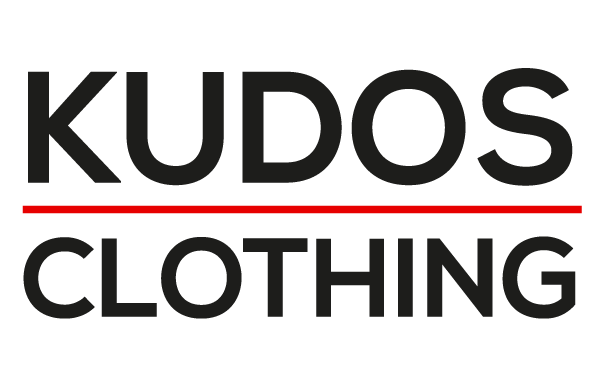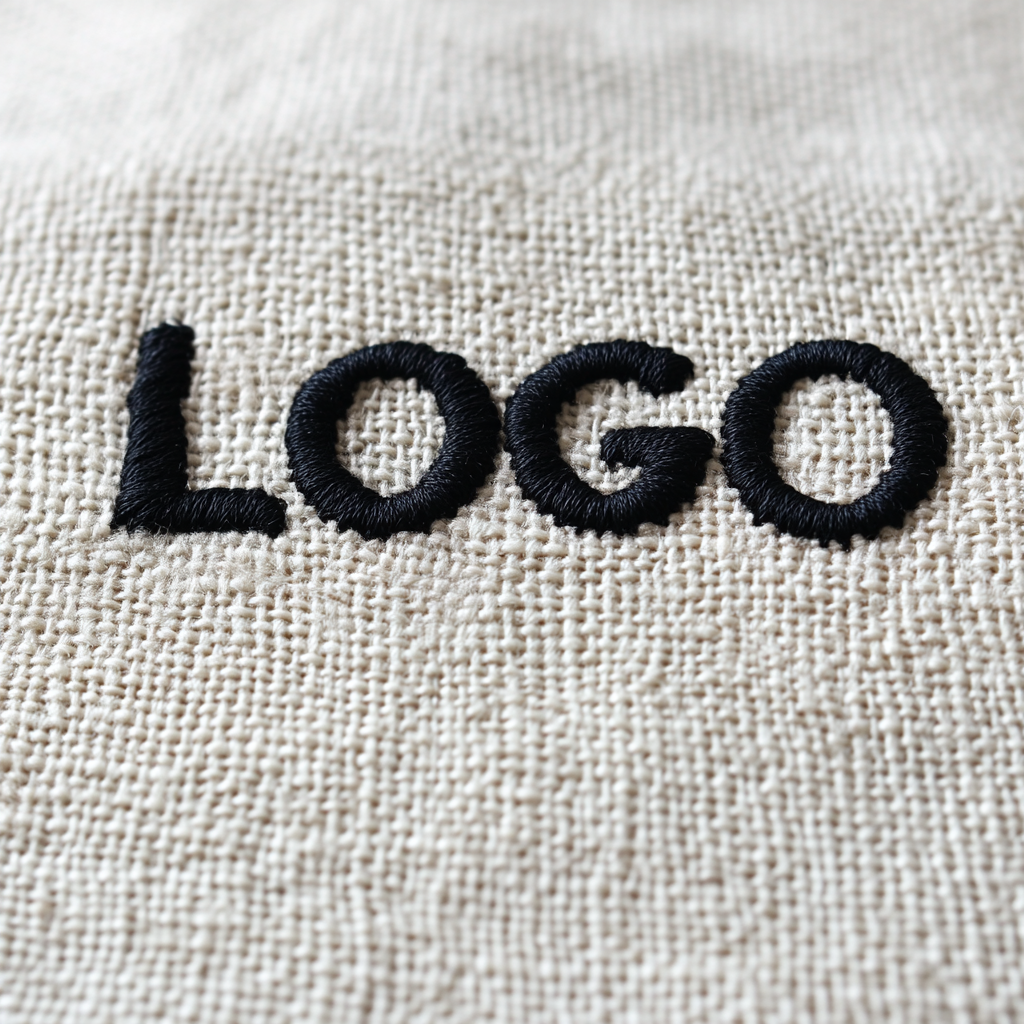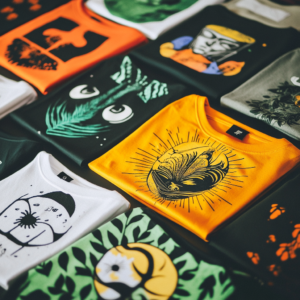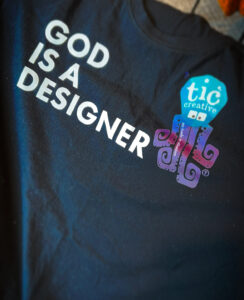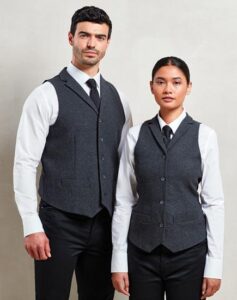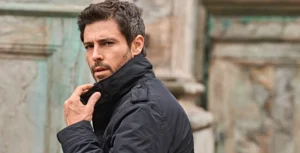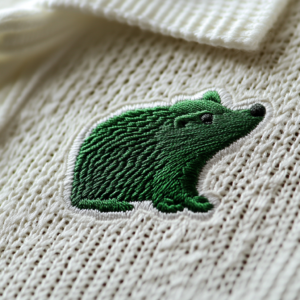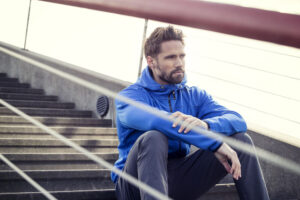Ever wondered how your favourite brand’s logo ends up flawlessly embroidered on your polo shirt or cap?
Let’s delve into the meticulous process that Kudos Clothing employs to transform digital designs into tangible, stitched art.
In today’s competitive market, branding isn’t just about a catchy name or a sleek logo; it’s about making that brand identity tangible. One of the most effective ways to achieve this is through promotional clothing embroidery. But how does a company like Kudos Clothing ensure that a digital logo translates perfectly onto fabric? The journey from screen to stitch is both an art and a science, requiring precision, expertise, and a keen eye for detail.
The Art and Science of Logo Preparation for Embroidery
- Understanding the MediumEmbroidery isn’t as forgiving as digital printing. Fine details, gradients, and intricate colour blends can get lost in translation. Therefore, the first step is to simplify the logo without compromising its core identity. This might involve:
- Eliminating Gradients and Shadows: Embroidery thrives on solid colours. Gradients can be challenging to replicate and may not produce the desired effect. Grand Concepts
- Digitisation: From Image to StitchBefore any thread touches fabric, the logo must be digitised. This process converts the design into a format that embroidery machines can read, dictating stitch type, direction, and sequence. Key considerations include:
- File Format: Vector files (e.g., AI, EPS) are preferred due to their scalability without loss of quality. These are then converted into specific embroidery formats like DST or PES. Essential Workwear
- Stitch Types: Different parts of the logo may require varying stitch types, such as satin stitches for borders or fill stitches for larger areas. Printful
- Selecting Appropriate Thread ColoursMatching thread colours to the brand’s palette is crucial. However, due to the limited range of thread colours compared to digital screens, slight adjustments might be necessary to achieve the closest possible match.
- Choosing the Right FabricThe fabric’s texture and colour can significantly impact the final appearance of the embroidered logo. Kudos Clothing considers:
- Fabric Type: Sturdy fabrics like cotton or polyester blends provide a stable base for embroidery, ensuring the design holds up over time. Kreafolk
- Fabric Colour: Ensuring strong contrast between the fabric and thread colours enhances visibility and aesthetic appeal. Duncan Stewart
- Test Runs and Quality AssuranceBefore full-scale production, a sample embroidery is created. This allows for:
- Assessing Design Accuracy: Ensuring that the digitised logo translates well onto the chosen fabric.
- Making Necessary Adjustments: Tweaking stitch density, thread tension, or colours to achieve the desired outcome.
- Final ProductionOnce the sample meets quality standards, the embroidery process begins in earnest. High-precision machines, guided by the digitised design, replicate the logo across the selected promotional clothing items.
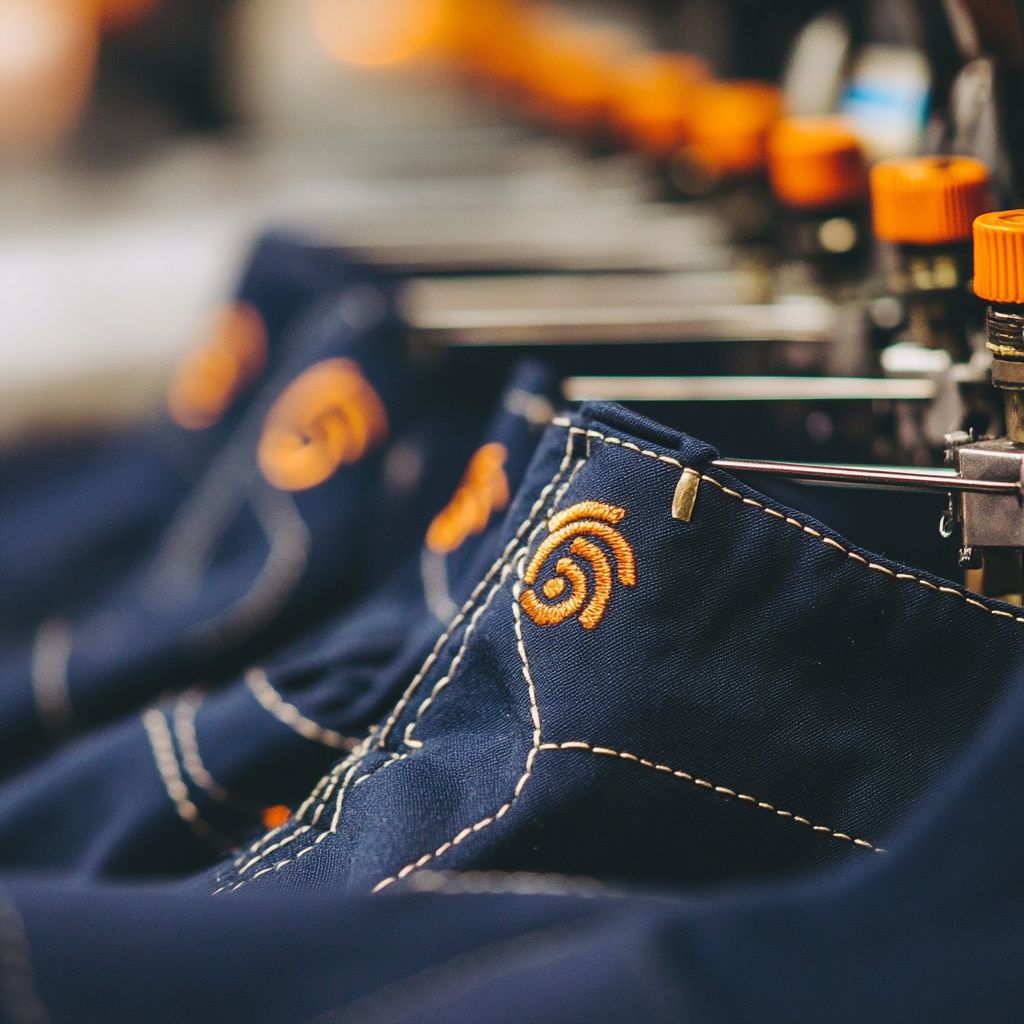
Case Study: Transforming a Complex Logo into Embroidered Excellence
Client: EcoWave Solutions
Challenge: EcoWave Solutions, a company specialising in sustainable energy solutions, approached Kudos Clothing with a complex logo featuring intricate wave patterns and a gradient colour scheme. The goal was to embroider this logo onto their promotional polo shirts for an upcoming trade show.
Process:
- Logo Simplification: The original logo’s gradient was transformed into solid colour blocks. The intricate wave patterns were simplified to maintain recognisability while ensuring they could be effectively embroidered.
- Digitisation: The adjusted logo was digitised, with careful attention to stitch types that would best represent the wave patterns. Satin stitches were chosen for the wave outlines, and fill stitches for larger areas.
- Thread Colour Selection: While an exact match to the gradient wasn’t possible, a close approximation using available thread colours was achieved, maintaining the brand’s visual identity.
- Fabric Consideration: The polo shirts were made of a polyester-cotton blend, providing a suitable base for the embroidery. The fabric’s colour was a neutral grey, offering excellent contrast with the logo’s blue and green hues.
- Test Embroidery: A sample was produced and reviewed. Minor adjustments were made to the stitch density to enhance the logo’s clarity and durability.
- Final Production: With the client’s approval, the logo was embroidered onto 200 polo shirts, ready in time for the trade show.
Outcome: The embroidered polo shirts were a hit at the trade show, with attendees commenting on the professional appearance and quality of the apparel. EcoWave Solutions reported increased brand recognition and was pleased with the durability and clarity of the embroidered logos.
“Embroidery is where art meets precision; every stitch tells a brand’s story.”
Conclusion
Embroidery is more than just stitching a logo onto fabric; it’s a meticulous process that requires careful planning and execution. Kudos Clothing’s approach ensures that each promotional item not only represents the brand accurately but also stands the test of time in both durability and style.
Looking to elevate your brand with high-quality embroidered promotional clothing? Contact Kudos Clothing today to bring your logo to life with precision and style.
